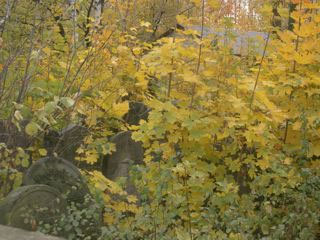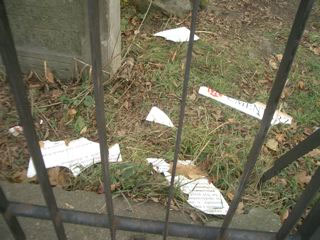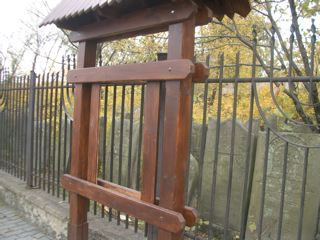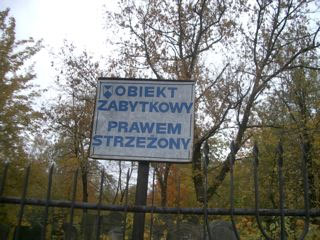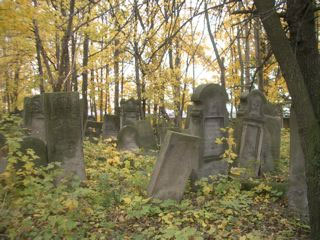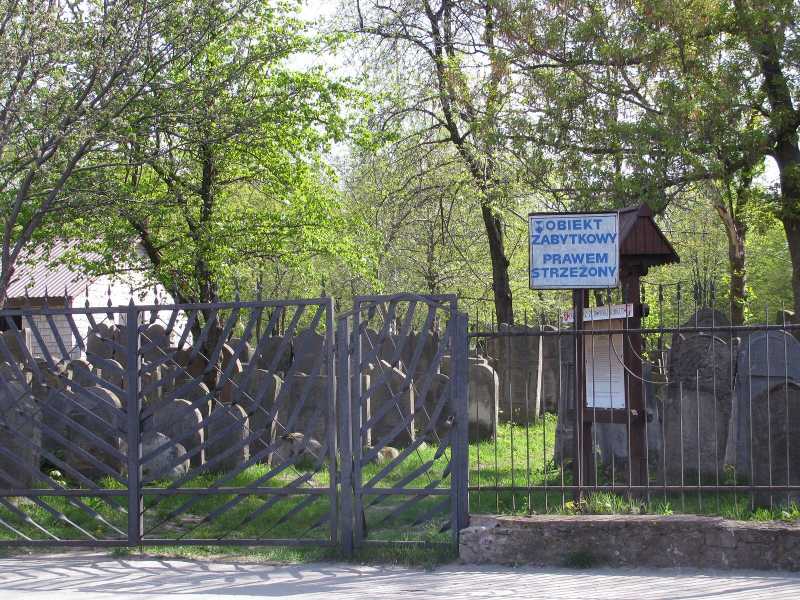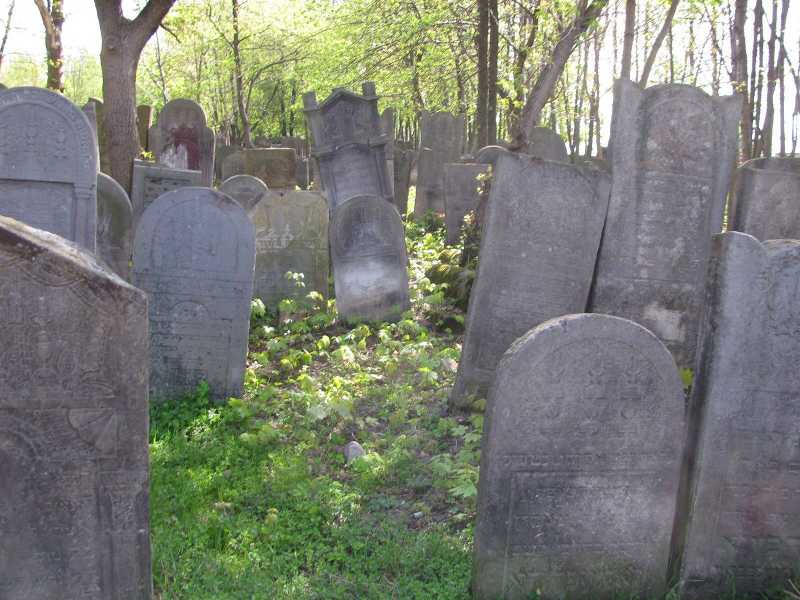ALTERNATE NAMES: SZYDŁOWIEC [POL], ZHIDLOVETZA [YID], SHIDLOVETS [RUS], SHÖDLEUWEISS [GER], SCHYDLOWIECZ, SHIDLOVITS, SHIDLOVETZ, SHIDLOVETSE, SHIDLOVTZA, SHIDLOVYET. 51°14' N, 20°51' E, 18 miles SW of Radom, 29 miles NNE of Kielce, 19 miles E of Końskie. Jewish population: 5,298 (in 1897), 5,501 (in 1921).
-
- Shidlovtser yisker-bukh
(New York, 1974) - Szydlowiec memorial book
(New York, 1989) - Shidlovtsah: sefer yizkor
(Tel-Aviv, 1984) - Pinkas ha-kehilot; entsiklopediya shel ha-yishuvim le-min hivasdam ve-ad le-aher shoat milhemet ha-olam ha-sheniya: Poland vol. 7: Kielce and Lublin
(Jerusalem, 1999) - JOWBR: Jewish Cemetery
- Shidlovtser yisker-bukh
- Museum of the History of Polish Jews
- Jewish Records Indexing Poland Town Page
- Shtetl Finder (1989), p. 126: "Zhidlovetza, Shidlovtza, Shildovitz".
- Pinkas HaKehilot, Poland, Vol. 7 (1999), pp. 557-561: "Szydłowiec".
- Encyclopedia of Jewish Life (2001), p. 1282: "Szydlowiec".
- Słownik Geograficzny Królestwa Polskiego (1880-1902), XII, pp. 100-101: "Szydłowiec".
- Еврейская энциклопедия (1906-1913), "Шидловск".
- Еврейская энциклопедия (1906-1913), "Шидловец".
Jewish settlement dates from the first half of 17th century, although the oldest documentation of the Jewish population dates from 1585. A proclamation issued by Dominica Nicholas Radziwill, the owner of the city, in 1696, guaranteed safety for Jewish assets and a place to live. They chose the northern part of the city called Skałka, the center of the market. The town seemed split in two, a Jewish town of wood and Christian section. Jewish population grew in number and percentage. Jewish population: 1765-902, 1827-2,049 (64.8%), 1857-2,780 (73%), and 1921-5,501 (77.1%). Shortly before the outbreak of WWII, 7,200 Jews lived here when the Nazis created a ghetto in the city with local Jews and others sent here, raising the number to16,300 Jews. On September 23, 1942 about 10,000 were transported to the Treblinka and 5,000 people on January 13, 1943. The Jewish kahal most likely dates from the second half of 17th century because in 1711, the next owner of the city (Michal Radziwill Antonia) requested that Catholic authorities permit construction of the synagogue on the corner of the Jewish Bożniczej, now ul. Zamkowej. In 1799 came a cheder and a cemetery. During WWII, the synagogue was completely destroyed by the Germans. In addition to the synagogue, beit midrash existed. In 1730, Jewish workers in the tannery and its owners, the family Ajzenbergów, had a Tanners Synagogue that survived WWII at ul. Garbarski 3. In subsequent years, the Baroque building fell in total ruin. Only the classical facade and front porch with barely visible religious paintings remained. In the vicinity of Tanners Synagogue on a house is a wooden succah carved like tents used by the Israelites during their wandering in the wilderness, one of the four objects of this type preserved in Poland. [July 2009]
CEMETERY:
JOWBR burial listings [July 2011]
FIRST CEMETERY: The location of the first Jewish cemetery in Szydłowcu is difficult to determine, but probably was located in the immediate neighborhood synagogue, whose ruins are still visible in 1945 [July 2009]
SECOND CEMETERY: The 1811 cemetery about 140 meters from the synagogue and close to residential structures had to be closed because of health requirements stating 1 km between buildings and the cemetery were required. [July 2009]
THIRD CEMETERY: The 1831 cemetery for cholera victims originally isolated included in the existing cemetery. Execution and mass burials of both Jews and Poles occurred here during WWII. In 1945, the cemetery existed on three parcels. An August 1957 municipal decision closed the cemetery. The gravestone on the two oldest plots were moved to the existing cemetery on ul. Wschodniej . Two years later, these parcels became the playground, school, a department store, and a furniture store\ surrounded by a brick wall and gate with Jewish ornamentation. In 1967, a Holocaust monument was erected on the remaining 2.8 ha. Adam Penkalla's gravestone inventory conducted in 1987 listed 3,100. Another inventory of Benjamin Yaari in September 2000 listed more than 1,750 carefully photographed gravestones in his book Jewish Cemetery in Szydłowcu. Gravestones from 1831 - 1942 were sandstone from nearby quarries vertically rectangular stones, usually rounded at the top, although sarcophagus and broken trees exist. Carved inscription in Hebrew and the various symbolic decorative carving had inscription on the reverse of some matzevot inscriptions in Yiddish. Traces of polychrome remain. Jewish history. photos. [July 2009]
burial list [Jan 2015]
US Commission No. POCE00062
Located in Radomskie province at 53° 50' N 22° 59' E [NOTE: This seems not to be the accurate location.]
, 132 km from Warszawa. Cemetery: Wschodnia str. Present town population is 5,000-25,000, with no Jews.
- Local: Burmistrz Miasta 26-500 Szydlowiec, pl. Konopnickiej 4, tel.17-10-61 (caretaker with key to locked cemetery gate.)
- Regional: Wojewodzki Konserwator Zabytkow, 26-600 Radom, ul. Moninszki 5a, tel.2-13-16.
The earliest Jewish community was established in 1711. 1921 Jewish population was 5,501, 77.1%. The Warka Hasidic Jewish cemetery was established in the 17th century with last known Jewish burial in 1943. Landmarked: Protected regional preservation/ Wojewodzki Konserwator Zabytkow w Radomin. The isolated urban flat land has no sign or plaque. Reached by turning directly off a public road, access is entirely closed with a continuous masonry wall and a locking gate. The size of the cemetery was about 4 ha before World War II, and is now about 2.75 ha. 500-5,000 gravestones, about 100-500 not in original location with 25%-50% toppled or broken, date from 1831-20th centuries. The limestone and sandstone flat shaped stones, finely smoothed and inscribed stones, flat stones with carved relief decorations, or sculpted monuments have Hebrew and Yiddish inscriptions. Some tombstones have traces of painting on their surfaces. There are special memorial monuments for Holocaust victims and epidemic victims. The cemetery also contains unmarked mass graves but no structures. The municipality owns the property used as a Jewish cemetery. Adjacent are commercial, agricultural, and residential properties. The 1939 boundaries were reduced due to new roads or highways, housing development, and commercial property. Frequently, organized Jewish group and individual tours, Jewish and non-Jewish private visitors, and local residents visit. The cemetery was vandalized during World War II and occasionally since, but not in the last 10 years. Municipal and regional authorities re-erected, patched and cleaned stones, cleared of vegetation, and fixed wall and gate from 1978-1991. Now occasionally, authorities clear or clean. Slight threats from vegetation and to planned or proposed incompatible development. Moderate threats: security, weather erosion and existing nearby incompatible development. Vandalism is a serious threat, specifically defacement of stones and graves.
Dr. Adam Penkalla, deceased, completed survey on August 18, 1991, after a visit on July 13, 1991. Documentation: Adam Penkalla Gurina, i curentarz Zydowski w Szydlowcie (The Jewish community and cemetery in Szydlowicz), Ochrona Zabytkow, 2/1989/128-140.
- BOOK: Ta'arukhat beit hakvarot hayehudi beshidlovtsa (Shidlovsta [Szidlowiec] Jewish cemetery: an exhibition by Museon ha-arets. 1963-1964. 30 pages, illustrated. S64A2728. Notes: Art analysis, bibliography on Jewish cemeteries in Europe. Source: Tragger, Mathilde. Printed Books on Jewish cemeteries in the Jewish National and University Library in Jerusalem: an annotated bibliography, Jerusalem: The Israel Genealogical Society, 1997.
- BOOK: Gruber, Ruth Ellen. Jewish Heritage Travel A Guide to East-Central Europe. New York: John Wiley & Sons, Inc., 1992. p. 65-66 gravestones 66
Szydlowiec, ulica Wschodnia, 3,000 tombstones. The oldest: 1831. [Source?

